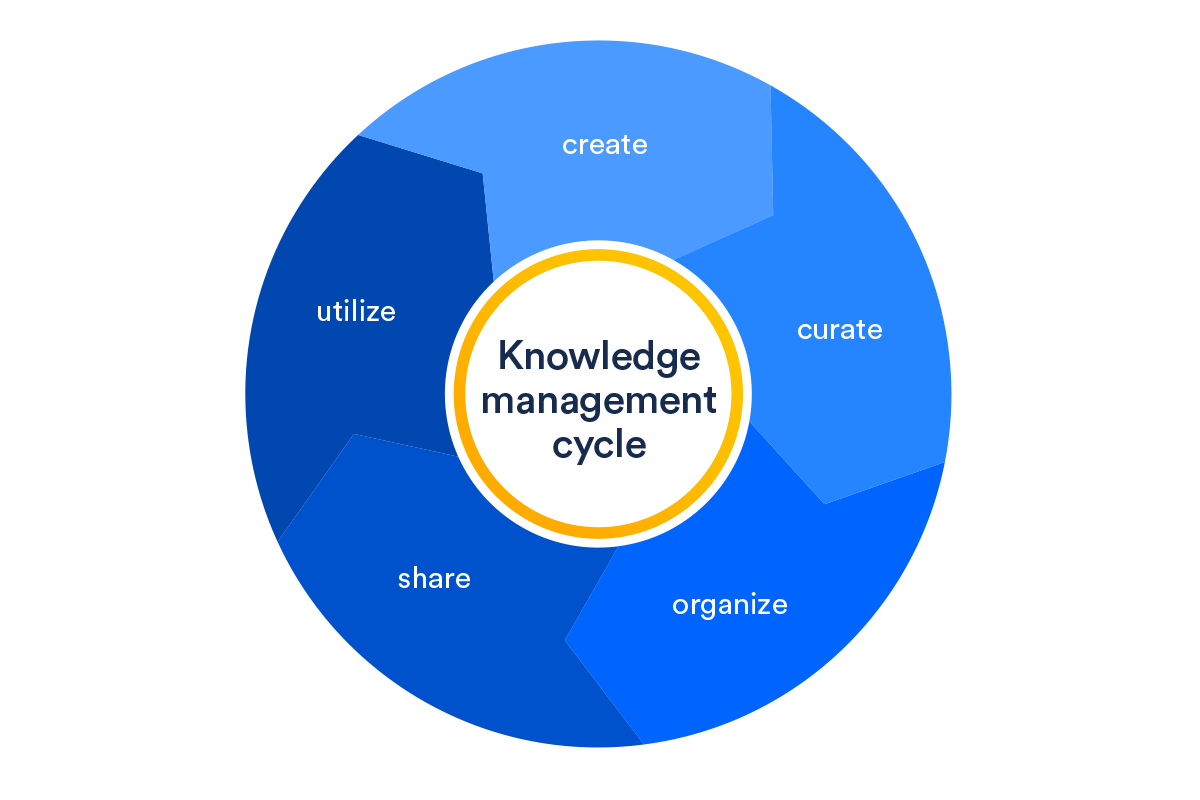Tag: KM
-

Enterprise Content Management: Integrating KM, RM and DM
By Joseph Raczynski Massive collections of information are inundating law firms. With multiple points of integration, interfaces, and varying disciplines this further muddies the waters. This session at ILTA answered questions relating the issues of organizing and managing content across all firm repositories to reduce silos, improve data quality, facilitate KM and ensure full and…

